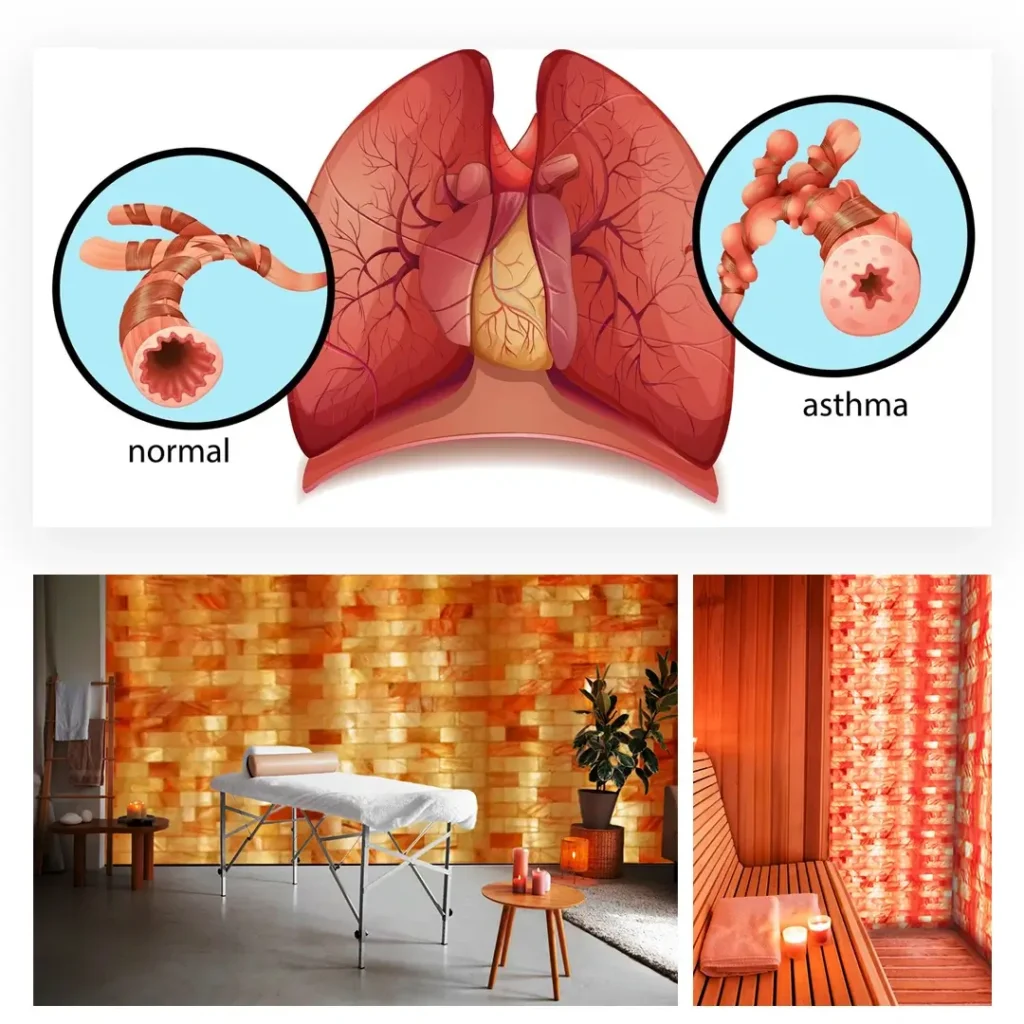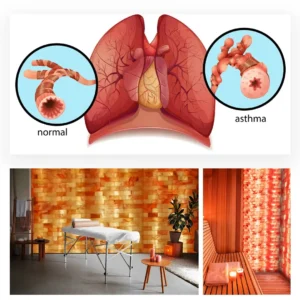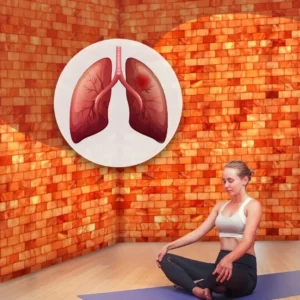Asthma is a chronic obstructive pulmonary disease that causes the airways to become inflamed and narrowed, making breathing difficult. In addition to wheezing, shortness of breath, chest tightness, and coughing, things like dust mites or pollen can also cause these symptoms, physical exertion, and cold weather conditions, respiratory infections such as the common cold or influenza, etcetera. Hundreds upon millions of people worldwide have asthma, which disrupts their ability to carry out daily activities and may even lead to death if not properly managed. Therefore, we need to know what triggers attacks, how they work, and what has been done in terms of prevention so far to improve the quality of life for all concerned parties.
What is asthma?
A chronic condition characterized by inflammation and constriction of the bronchial tubes in the lungs. It impacts almost everyone on earth, with an overwhelming global burden. This means that asthma treatment can involve medication or other methods such as diet plans and modern approaches like salt-based therapy tested against different standard ways of curing asthma. But why not? What if… how?? He suggests different ways of managing them while exploring various scientific works about unconventional treatments contained herein.
Types of Asthma
Allergic asthma occurs when one gets panic attacks (e.g., during PE registration, leaning on the wall) due to having a viral cold on top of a systemic infection. Non-allergic asthma is triggered by allergens such as pollen or animal dander. Occupational asthma occurs when there are irritants at work, such as chemical fumes, gases, dust, etc. Exercise-induced bronchoconstriction (EIB) represents the fourth type.
Statistics about Asthma
There are around 300 million individuals globally who have been diagnosed with it, especially children; alone in America, over 25 million cases were reported, making one out of every thirteen persons have what was termed so though these figures went down within ten years.’ The exact etiology remains unknown but is believed to be multifactorial since viral infections alter immunity, causing increased airway hyper reactivity during convalescence; genetic predisposition should also be mentioned here since cell-mediated immunity may fail in some people who produce up to 70% specific IgE if both parents have allergic rhinitis or atopic dermatitis then these conditions occur among 40% of their children indicating importance played by genetic factors too.
Environmental Factors:
Patients need an understanding of numerous risk factors, including allergens like pollen, mold spores, animal dander, dust mites, etcetera. Irritants include tobacco smoke, air pollution, chemical fumes, and strong odors. Trucking has made colonization rapid and bronchial over time, which is why asthma is more prevalent today than before. In addition to this, obesity, lack of exercise, stress, etcetera.
Other Contributing Factors
Cold air or sudden changes in weather conditions can worsen asthma symptoms. Additionally, medications such as beta blockers and NSAIDs could contribute to its development.
Asthma Activators:
The diet should be better understood about this disease; however, it has been said that people who consume too many whole grains and not enough fruits or vegetables are at higher risk.
Symptoms of Asthma:
- Wheezing
- Shortness of breath
- Chest tightness
- Coughing
Asthma Attacks:
An attack occurs when asthmatic symptoms present themselves or become worse. In these cases, inflammation leads to cells lining the airways closing them; they begin narrowing drastically while producing mucus, thereby making it difficult for those with this condition to breathe. These attacks can be fatal, so if you have these signs even occasionally, visit your doctor immediately.
Variety has been emptied.
Allergens and irritants cause allergies; however, they also trigger asthma attacks. Moreover, healthy living can improve lung function and general health. Omega-3 fatty acids are included mainly from fruits and vegetables, such as fish oil derived from fish, such as a cardiopulmonary fitness monitor; if this doesn’t work, patients should discuss changes with their doctor. There are other monitors, such as a linguistic counter or asthma action plan.
A New Treatment: Salt Therapy
In recent years, salt therapy has become widely used to treat asthma. During salt therapy, patients breathe air infused with salt particles from blocks.
Salt therapy
Salt therapy is an ancient practice that involves staying in natural salt caves, known as halo therapy. But the change comes when the salt cave is turned into a modernized halo therapy area. Today, these rooms often have walls and floors made of salt blocks. To make them more effective, therapists may use a halo generator, which crushes salt into tiny particles and blows it into bathing suits.
How Does Salt Therapy Work?
Anti-Inflammatory Actions:
Salt acts as a natural anti-inflammatory agent, eliminating inflammation in airways alone.
Antibacterial Actions:
Salts are antibacterial solid agents that help remove harmful bacteria from your respiratory system.
Mucus Removal
Making them thinner while breathing in will expel them quickly and improve overall lung performance.
Broncho dilation:
This ensures enough ventilation by relaxing bronchi, thus reducing symptoms caused by low bronchoconstriction.
Salt Therapy Research
Despite this lack of scientific investigation into salt therapy, it works. One indication is that intermittent asthmatic children who attended salt room therapies had reduced lung function infection rates recorded and inhalation of asthma attacks according to clinical trials like the 2007 Study of Children with Asthma published in the International Journal of Pediatric Otorhinolaryngology.
In conducting this study, we wanted to know if there could be an improvement in lung functionality over four days of continuous mandatory treatment, which is measurable through comparative tests. From these results, halo therapy settings showed decreased asthma infections while enhancing patients’ lung functions.
Mechanisms Procedures
Firstly, it reduces mucus production and inflammation within the lungs. Pulmonary Pharmacology & Therapeutics published an article stating that studies have shown anti-inflammatory effects on airway epithelial cells based on salt particles breathed in. This implies a mechanism where lower cytokine generation would result in less inflammation around the mucus targeted.
Secondly, pus becomes normalized within the lungs. In 2015, the Journal of Aerosol Medicine and Pulmonary Drug Delivery considered what properties could affect rheology when pus comes into contact with saline, hence becoming more fluidic during breathing. Therefore, formulated salts are “plasticity” because saline increases clearance efficiency.
Conclusion:
Asthma remains a longstanding chronic disease among humans, which has been managed for ages even under modern medicine treatments. However, should they stop at nothing? No! But they always need to try new ways beyond their nose in case some fail. You only know once you try. Nothing ventured, nothing gained! Other precautions may be included by blocking bacteria-busting ability anti-inflammatory drugs, but there is not enough information about when or where this can be done and what will happen if it is done to people – so ask somebody who knows what they are talking about before making any decisions for the good of all.
Source of this medical information:






